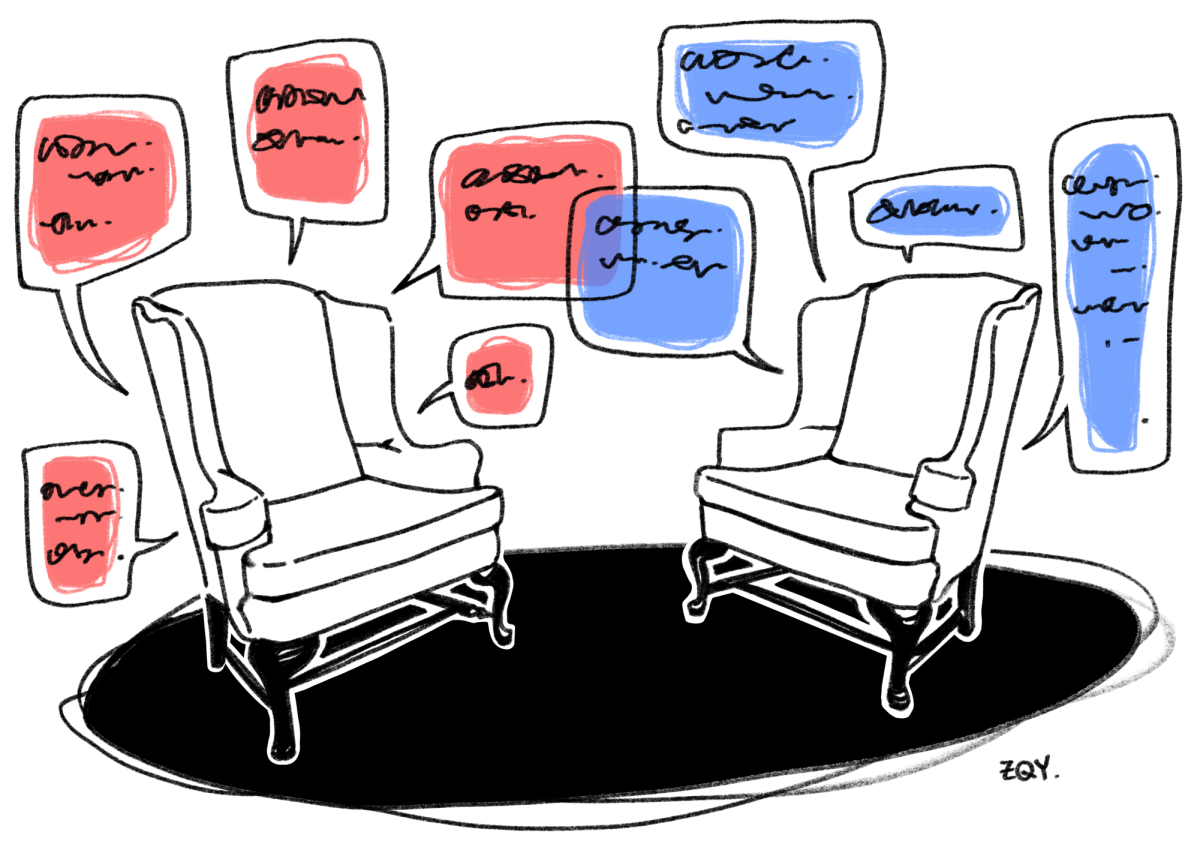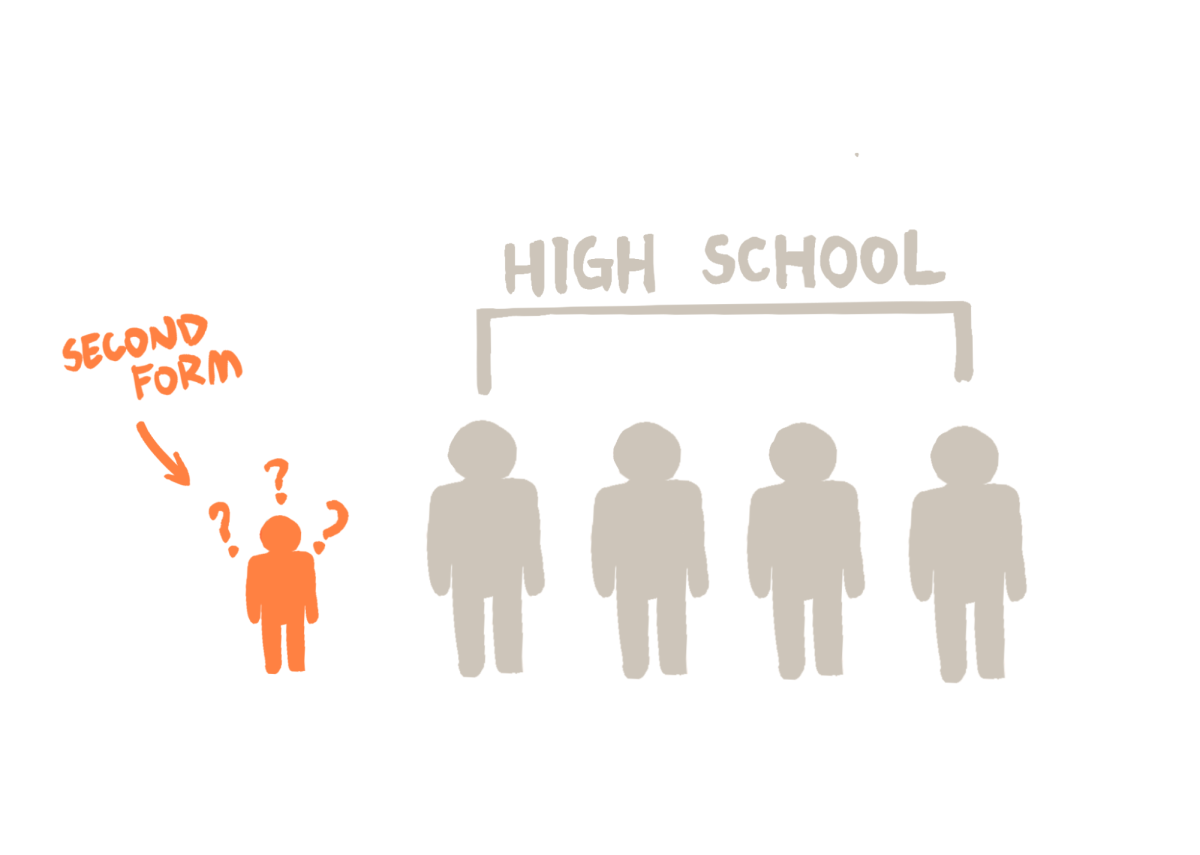In the summer of 2023, amidst hectic political coverage and abominable branding choices (X??), an unsuspecting headline rose to fame: LK-99. Like Chat-GPT, the fabled discovery of LK-99–a superconductor that could supercharge our electrical efficiency–promised a shining new era of reformed industry. Yet the glory was short lived, and I was left in awe at the power of media technology–the room-temperature, ambient pressure, levitating superconductor came to fruition with a roar, then left the public consciousness like a ghost. Digging into the history of LK-99, I unearthed the truth of its puzzling fame.
In July, as the blurry video of a floating rock exploded over the internet, the scope of its influence escaped the esoteric circles of chemical researchers. Despite its scientific obscurity, the media was seduced by the promise of LK-99’s utopia: magnetic, hovering trains could put Japan’s state-of-the-art bullet trains to shame, renewable energy could improve exponentially, and our GPUs could process instantaneously. X users were thoroughly convinced. User @fragro tweeted, “Gonna tell my grandkids I was there during the pre-print era of the LK-99 saga.”
Within a month, however, the narrative was put to an abrupt halt: scientists discovered that other factors, such as the presence of ferromagnetic particles, threaten to annihilate the hypothesis of superconductivity. All of a sudden, the public imagination disintegrated, and we settled into a grumbling resentment towards the volatility of science.
The limelight of LK-99 teaches us crucial lessons about popular science. We live in a time when foundational breakthroughs are historically difficult to make–despite optimistic narratives of innovation, a study published in January demonstrated that discoveries are growing gradually less disruptive. Yet with the proliferation of social media, scientists are more motivated than ever to glorify their findings, even at the expense of misleading the public–seen in the worldwide disappointment in the face of false cloning data (Hwang et al, 2004). At the core of LK-99, too, lies the vice of sensationalization.
The room-temperature superconductor scene, a scientific arena of critical value, has been intellectually charged for decades. Not long before LK-99, University of Rochester researcher Ranga Dias had made several rounds of false claims of superconductive success, each time garnering hope, and each time resulting in disappointment. He was the boy, and a room-temperature superconductor was the wolf; when the boy cried wolf enough times, people began to lose faith. But the memory of this wolf would remain fresh in peoples’ minds, eventually revived by the heat of LK-99’s publishing drama.
The original researcher of LK-99 passed away in 2017, and his disciplies published their results in July 2023, in a flurry of fantastic, premature, unreviewed papers. Despite the simplistic and alchemical nature of the original experiment, the excitement of LK-99’s publishing confusion incited rapid circulation of the paper, revitalizing the seeds of hope planted by Ranga Dias. Throughout the summer, the scientific world threw itself into frenzied attempts at proving LK-99 conclusively; the media caught on quickly, and the rest is history.
Yet as we fantasized in July about a future of crisp, superconductive graphics, none of these events, key constituents of LK-99’s fame, seemed relevant. Under the guise of experimental progress, a false narrative of explosive innovation was spun upon the grounds of little other than the public hope. In a world of boys and wolves, the key to truth lies not in diminishing our hope, but in gaining a deeper awareness of popular science: there is far more than meets the naked eye.







